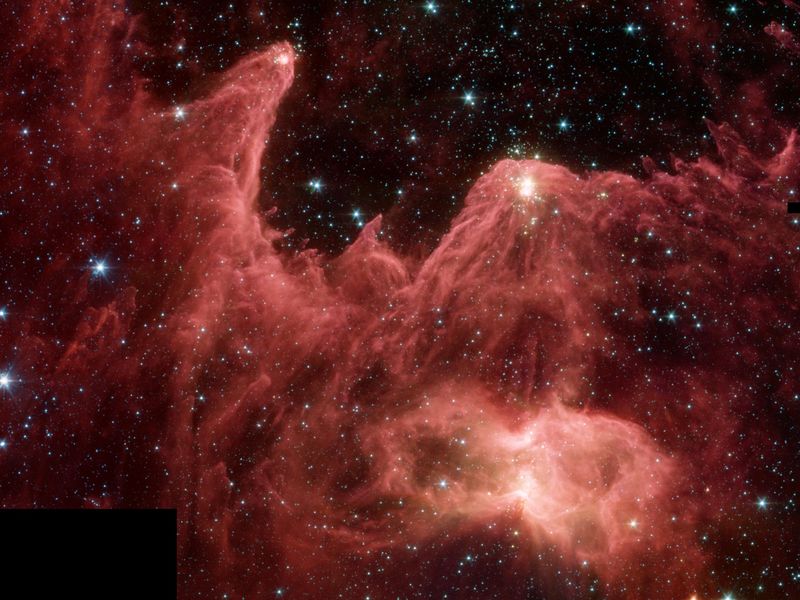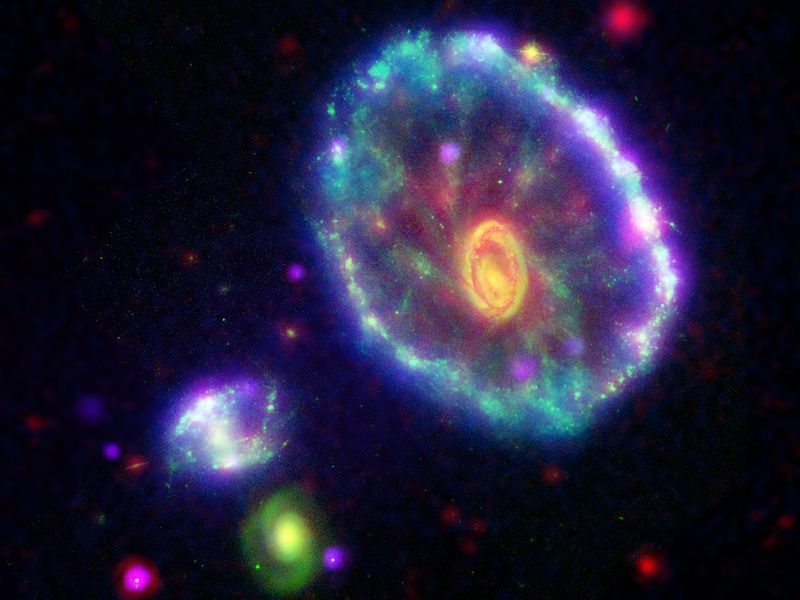Post information about any aspect of the observed physical universe that interests you.
.
Quote:
Originally Posted by VEGANGELICA

|
Blast from the past
Images from the Swift Xray Telescope, a satellite launched by NASA in 2004,
indicate that xrays from the presumed star-swallower Swift J1644+57 would
have been emitted 3.9 billion years ago, theoretically from around the base
of an associated relativistic jet. Although the news is just arriving, it's an ancient event.
NASA - Researchers Detail How A Distant Black Hole Devoured A Star
 Relativistic jet - Wikipedia, the free encyclopedia
Sagittarius A* -- 150,000x closer and 4x bigger
Relativistic jet - Wikipedia, the free encyclopedia
Sagittarius A* -- 150,000x closer and 4x bigger
Our own galaxy's supermassive black hole, called Sagittarius A*, was discovered in the radio spectrum
in 1974 by astronomers Balick and Brown at the National Radio Astronomy Observatory.
Measurements reveal a sphere assumed to be the event horizon concealing a mass exceeding 4 million suns.
Sagittarius A* - Wikipedia, the free encyclopedia
2002 image of Sagittarius A* (Sgr A*) obtained via the Chandra X-ray Observatory, a satellite launched by NASA in 1999.

You can't see Sgr A* in this wide-field image, but it underlies the brightest spot shown. Huge lobes of 20 million-degree Centigrade gas that extend over dozens of light years on either side of it (the red loops at 2 and 7 o'clock) indicate that enormous explosions occurred several times over the last ten thousand years.
During the two-week observation period, Sgr A* flared up in X-ray intensity half a dozen or more times. But even during the flares the intensity of the X-ray emission from the vicinity of the black hole was relatively weak, suggesting that Sgr A* has cleared the vicinity of most infalling matter. Three young stars (not shown here) orbit the object rapidly, just out of swallowing range.
Chandra :: Photo Album :: Sagittarius A* :: 06 Jan 03
.
.










 ...knows what internal color or mental image a bee perceives when it views the flower.
...knows what internal color or mental image a bee perceives when it views the flower. 


 Hybrid Mode
Hybrid Mode